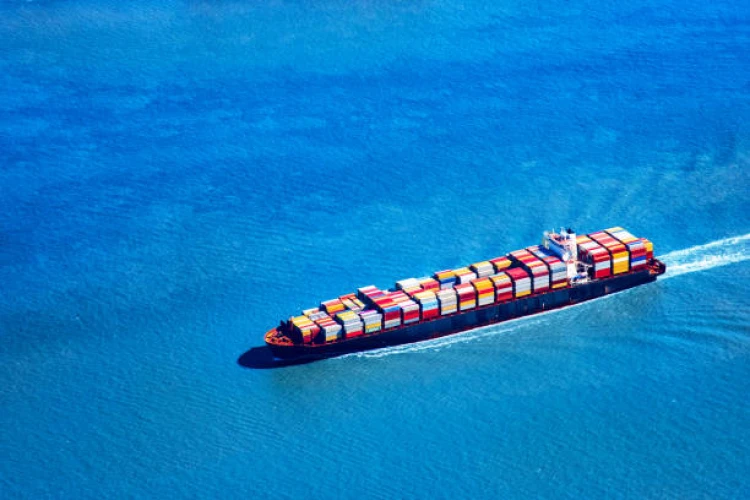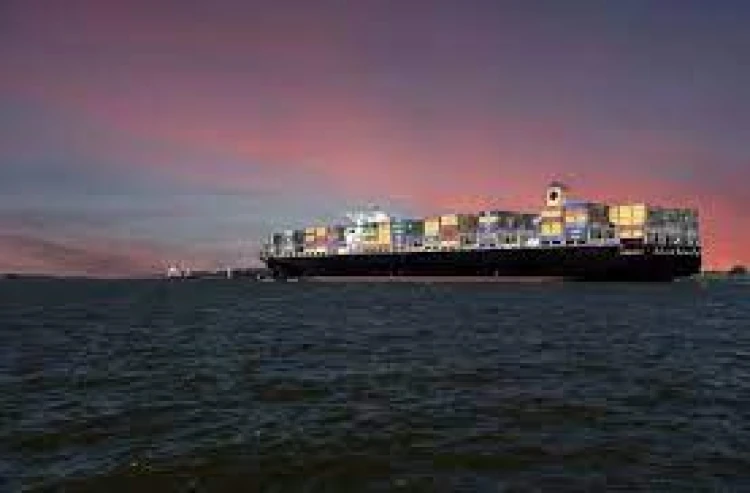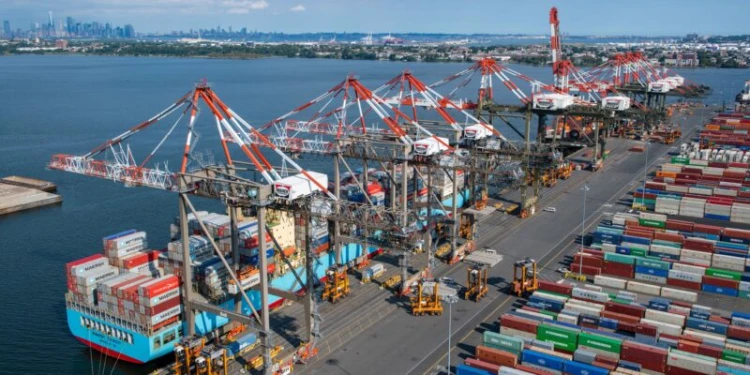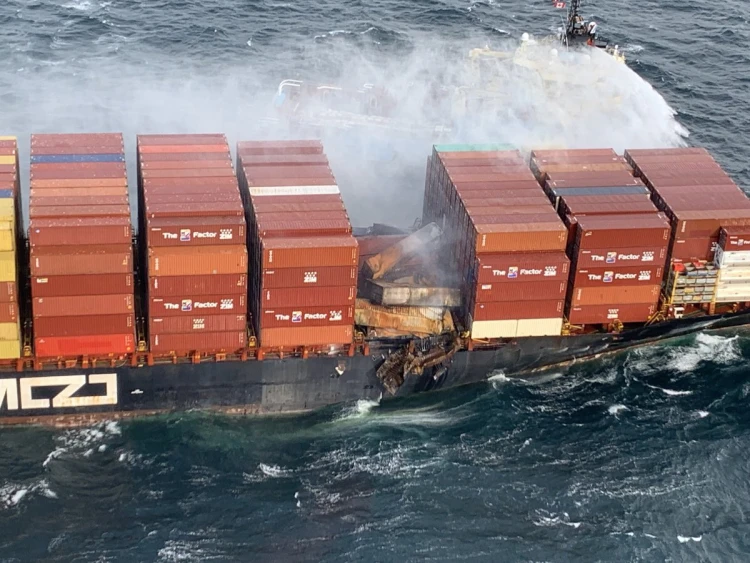Another New Normal as Container Rollover Rates Increase
Wednesday, 12 May 2021

The number of container rollovers at major box ports continued to climb last month, affecting some 39% of all shipments, according to new data from supply chain visibility provider Project44.
“Carriers have been watching their rollover rates increase for over a year, and have so far failed to mitigate the situation,” said Josh Brazil, VP of Ocean Markets.
“Shippers need to accept this as the new reality. They are going to have to start making structural adjustments to their supply chains and enhance their visibility if they want to keep shelves stocked and factories running,” he added.
The research found CMA CGM was the carrier with the highest proportion of rolled containers last month, 56% of shipments, compared with 49% in April 2020.
It was closely followed by its Asia-Oceania subsidiary, Australian National Line (ANL), which saw 54% of container rolled, a 30% year-on-year increase.
The percentage of rolled containers per carrier broadly fitted to which alliance in they were operating – 2M partners MSC and Maersk were the best performers, with 28% and 34% of containers rolled, respectively.
Meanwhile, CMA CGM’s Ocean Alliance partners, Evergreen and Cosco, posted rollover rates of 47% and 44% respectively, and THE Alliance partners Hapag-Lloyd and ONE had rollover rates of 51% and 53%, respectively.
At the same time, rollover rates at some of the largest transhipment ports also continued to rise, as container supply chains struggled to cope with what Project44 terms “endemic congestion”.
The worst performer was Malaysia’s Port Klang, where rollover rates increased 7% year on year to reach 64%, meaning that nearly two of every three boxes handled missed their intended sailing.
It was closely followed by Cosco’s hub of Piraeus, which saw 59% of containers rolled over, and Rotterdam, 54% – although the fact that this was some 23% up year on year suggests it was partly the effect of the week-long Suez Canal blockage. Similarly, Port Said, at the northern entrance of Suez, saw rollover rates increase 18% year on year, to 41%.
Apart from Dubai, which bucked the trend with a 7% year-on-year improvement, “other global ports and carriers reported similar numbers showing that abysmal performance now seems to be the industry norm”, said Project44.
“With shippers entering their second year of pandemic-induced volatility, these numbers are a sobering reminder that volatility and undercapacity are the new normal.
“Furthermore, rates are almost universally trending upwards, and well above the levels posted during April 2020,” Project44 added.

06 January 2025
Hurricane Beryl trims cargo volumes in Houston and New Orleans

25 January 2025
Container freight rates tumble

08 February 2025

